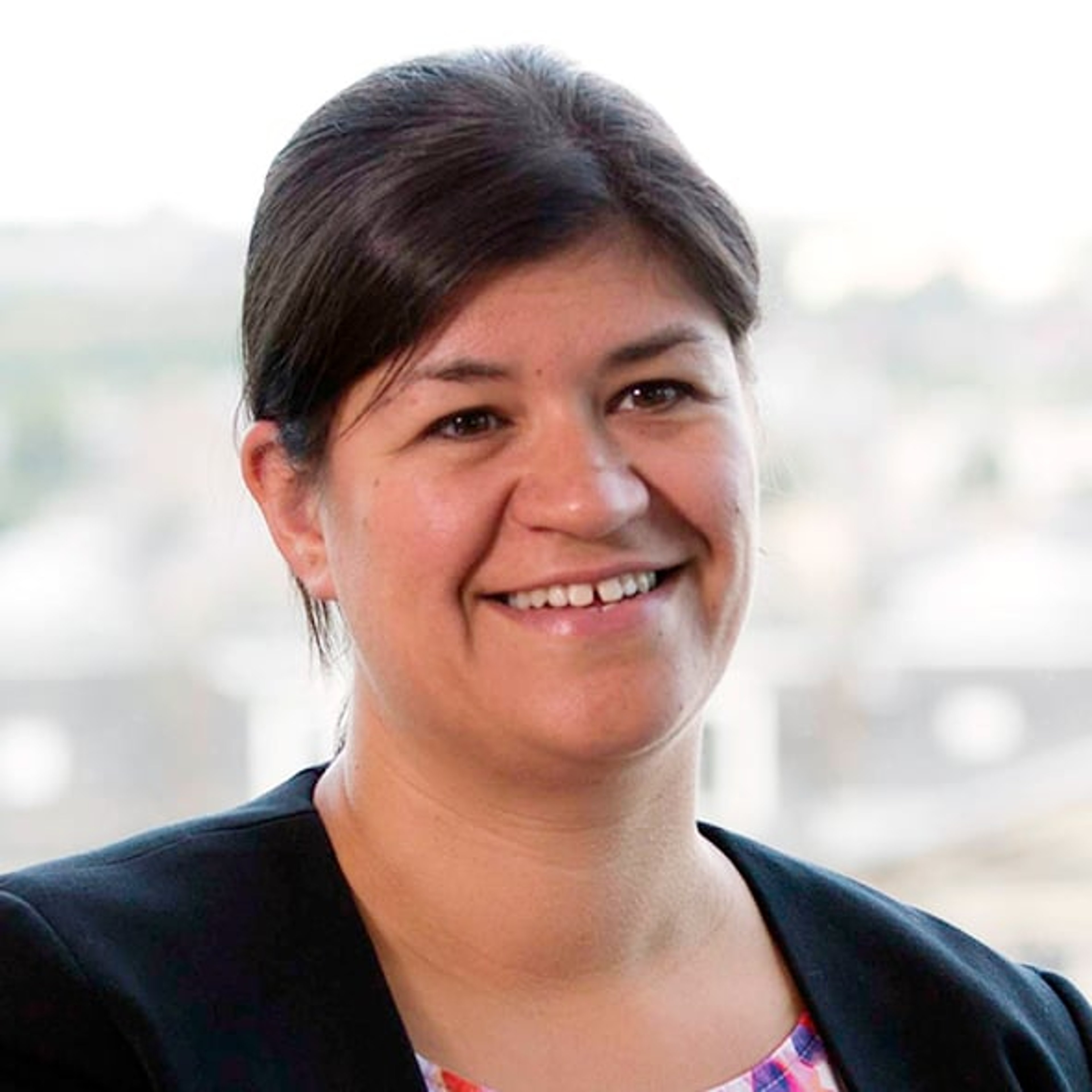
All investment strategies have the potential for profit and loss, your or your clients’ capital may be at risk.
During the pandemic, when we were allowed out for our daily walk, my route often took me past the Modern Art Galleries in Edinburgh, sitting opposite each other above the Water of Leith.
They were, of course, closed. But I could see in the grounds of one an illuminated artwork sign that read, “there will be no miracles here1,” and above the entrance of the other, a sign that reassured, “everything’s going to be alright2.” Under the circumstances, both messages were poignant.
Fast-forward a few years, and those two messages could be used again, this time about investment markets.
In 2022, a vicious combination of excess demand from economies reopening, tight supply chains and war saw bond and equity markets struggle.
Given the resultant rising inflation, tightening monetary policy – in the form of interest rate rises – and geopolitical tensions, investors could be forgiven for praying for a miracle.
The same year marked the end of an exceptionally long equity bull market and until recently, the concentration of market returns in just a few places left limited opportunity for multi-asset managers to show the strength and virtue of their approach.
Put simply, diversification was not rewarded.
But what about the next decade? The year 2022 was pivotal, an end to the supportive environment of the previous decade. This is where a multi-asset approach will come into its own.
Diversification may not have been rewarded recently, but the academic arguments for investing in this way remain strong. A portfolio’s risk/return trade-off, the potential return that can be made from the level of risk the investor is prepared to accept, can be enhanced significantly by investing across a range of return-generating asset classes.
This is because the volatility of a diversified portfolio’s returns is lower than the weighted average of the volatilities of each asset class held. Plus, the expected median return is greater than the weighted average – which prevents outliers or extreme values from skewing the expected range – of expected median returns on the individual asset classes held. The greater the number of assets held, the greater the likelihood of extreme positive outcomes.
And when we look at the starting point of valuations from today, the expected returns for some asset classes are as good as they have been since the financial crisis.
Below is a chart which shows our views on prospective returns for a range of asset classes (passive, meaning it does not capture the potential excess return an investor might make in trying to do better than the market, above cash) over the next 10 years.
Our long-term return expectations
Source: Baillie Gifford & Co.
We view these return estimates as broadly sensible indications of likely returns. They should not be interpreted as high-precision forecasts nor are they likely to bear much resemblance to returns over shorter time horizons.
Many of the asset classes we think look the best value, where we see the most significant gap between their long-run average returns and prospective future returns, might be classified as alternative (including, for example, hedge funds, private equities, natural resources, real estate and infrastructure) or diversifiers that are expected to behave differently from stocks and bonds because their cash flows come from different sources. As shown in the graph above, some of the asset classes we think represent the best value currently include, emerging market hard currency debt, mezzanine structured finance and property.
Investing in a multi-asset portfolio can expose you to these asset classes in a sustainable way that is also traded daily. In addition, active multi-asset managers can go further and deeper to find the best investment opportunities.
By further, we mean taking positions in some non-traditional asset classes, such as structured finance or insurance-linked securities. By deeper, we mean investing in specific exciting areas within asset classes, for example, Asian high yield within credit or rare earths within commodities.
And we think that some of these less familiar asset classes seem very worthwhile investments at this moment in time.
So, while 2022 was a tough year for investors, we also know that some of the best returns are made by investing counter-cyclically in those assets which might be expected to outperform when economic growth slows. The recent drops in market values from their peaks have magnified the opportunity from here.
We are currently seeing a compelling opportunity in structured finance, particularly within collateralised loan obligations (CLOs), a type of securitised instrument which are pools of corporate loans (drawn from a range of industry sectors to mitigate risk) with credit support.
Following the financial crisis, when some parts of the securitised instrument market got into difficulties, regulators stepped in to mitigate CLOs’ structural risks meaning there is now greater default protection for investors, making it more likely they will receive the repayments due to them.
The mezzanine tranches, or middle section of the payment structure which pay more interest in return for being exposed to losses, are currently yielding 9–14 per cent, an excellent return, but also come with the chance of capital appreciation. These are floating rate instruments, which are linked to interest rates and are therefore not impacted by inflation, and so offer diversification from other fixed income assets.
Our approach is to invest via funds where we know the managers well, are comfortable they are aligned with our investment ethos, and actively engage with them on important topics, such as ESG issues.
Another specific opportunity we are investing in is rare earth metals within commodities. The metallic elements neodymium and praseodymium are critical components in many products, including mobile phones and flat-screen monitors.
However, we are most excited by their use in renewable technologies. The drive to cleaner energy sources will see continued demand for wind turbines and electric vehicles and, as a result, strong demand for these rare earths.
And those are just a few of the investment ideas we are excited about, ideas we can access because of our wide opportunity set and flexible approach to multi-asset investing.
Ideas which, when put alongside certain equities, property, infrastructure and government bonds, offer that diversification from the traditional asset class suite.
As investors, we are aware of the difficulty in predicting short-term market outcomes. However, the opportunities currently available to multi-asset investors and the benefits of diversification mean we do not need to find miracles. Rather, we believe that, by investing in multi-asset funds, everything will be alright.
1There will be no Miracles Here, Nathan Coley, 2007-2009, Scottish National Gallery of Modern Art (Modern Two).
2Work No. 975 EVERYTHING IS GOING TO BE ALRIGHT, Martin Creed, 2008, Scottish National Gallery of Modern Art (Modern One).
Important information and risk factors
The views expressed should not be considered as advice or a recommendation to buy, sell or hold a particular investment. They reflect opinion and should not be taken as statements of fact nor should any reliance be placed on them when making investment decisions.
This communication was produced and approved in July 2023 and has not been updated subsequently. It represents views held at the time of writing and may not reflect current thinking.
This communication contains information on investments which does not constitute independent research. Accordingly, it is not subject to the protections afforded to independent research, but is classified as advertising under Art 68 of the Financial Services Act (‘FinSA’) and Baillie Gifford and its staff may have dealt in the investments concerned.
Baillie Gifford & Co and Baillie Gifford & Co Limited are authorised and regulated by the Financial Conduct Authority (FCA). Baillie Gifford & Co Limited is an Authorised Corporate Director of OEICs.
All information is sourced from Baillie Gifford & Co and is current unless otherwise stated.
The images used in this communication are for illustrative purposes only.
Ref: 50124 10030914







